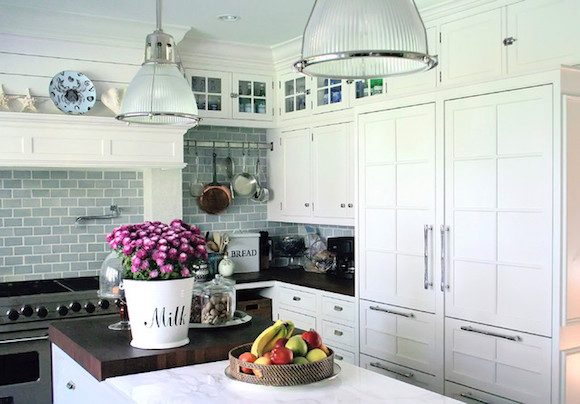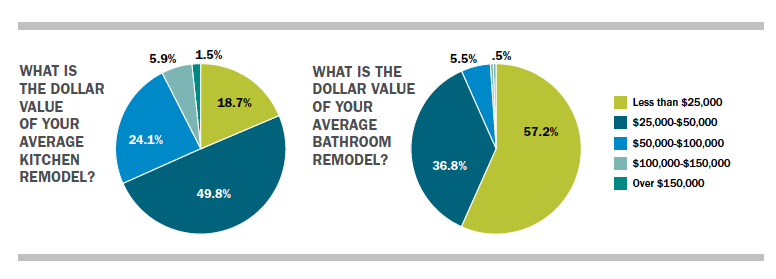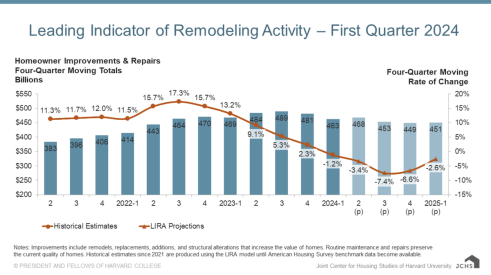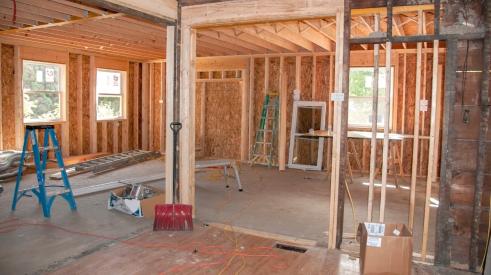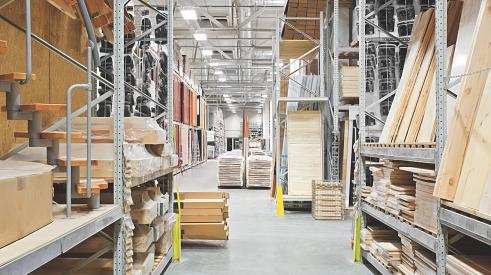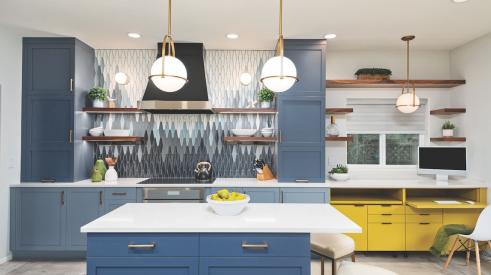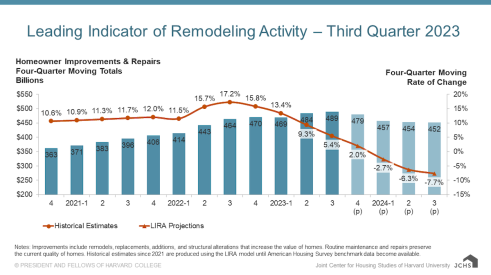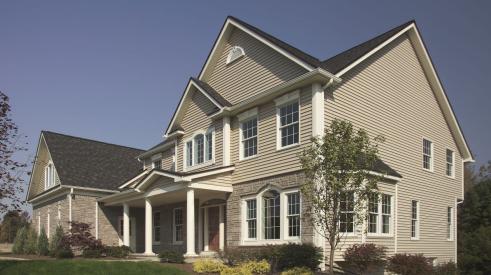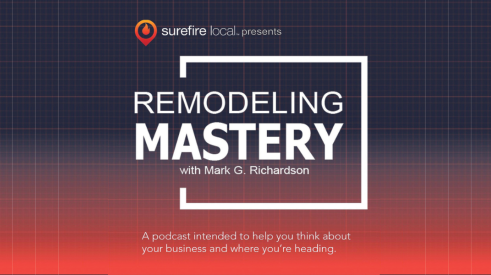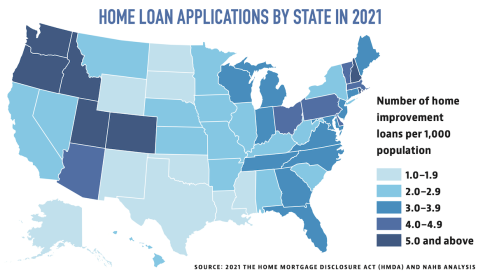Visit a home show or look online at trendsetters’ blogs and you will get the idea that every homeowner wants a floating vanity, sleek LED-lit countertops, and walk-in showers. But the facts on the ground say otherwise. Yes, some early adopters are ahead of the curve, but for the most part remodelers find that clients want traditional remodels and conventional products. New ideas and profiles percolate slowly over the years.
In a recent Professional Remodeler kitchen and bath trends survey, most respondents (45.1%) said that clients want traditional styles in their kitchen; about one-quarter said clients wanted transitional (28%) or modern (21.6%) style. This makes sense when you consider that most homes in the United States are traditional, but acknowledges that people also want to “modernize” their kitchen designs. According to George Edwards, COO of A&C Kitchens & Baths, in Chester Township, Pa., and the national awards chairman for the National Association of the Remodeling Industry (NARI), consumers are doing that in ways he calls “eclectic”—mixing a rustic farmhouse look with contemporary cabinets, for example, or adding in a “hutch passed down in the family.”
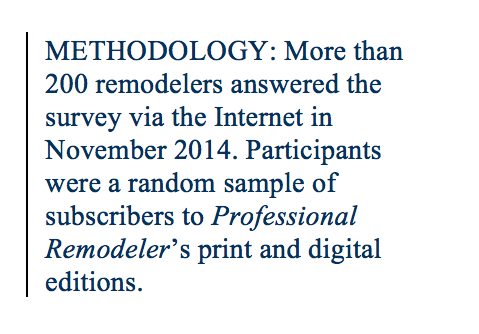
Maria Stapperfenne, president of the National Kitchen and Bath Association (NKBA) and certified kitchen and bath designer with Tewksbury Kitchens & Baths, in Whitehouse, Station, N.J., says that clients are opting for a “transitional style” to bridge the gap between traditional and modern. “Transitional style soothes their aesthetic, with clean, simple lines yet still allows them to maintain the historical architecture of their house,” she says.
Surfaces & Storage
In both the kitchen and the bathroom, granite is still the number one choice for counter or vanity tops, followed by quartz and solid surfacing. And the vanity style most asked for is something that resembles furniture: A large number of respondents said they’re installing vanities with legs, both with toe kicks (46%) and without (45%). “A classic vanity [with no legs] that sits on the floor gives the perception that the bathroom hasn’t been updated,” Stapperfenne says. A vanity with legs and a toe-kick is up-to-date, but practical because “things don’t roll under it.” As for the vanity with legs and no toe-kick, while it makes a room seem more spacious, “It’s all about cleaning,” Stapperfenne says. People want the ability to sweep easily underneath.
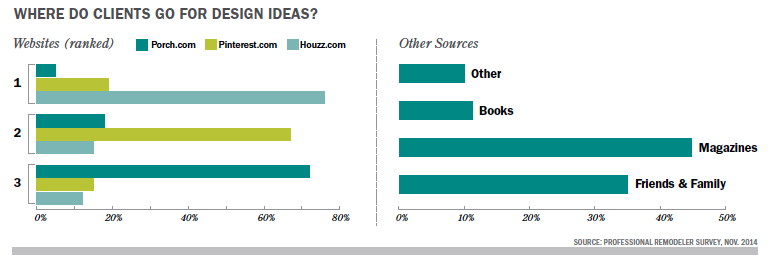
While most respondents said that this year’s kitchen and bath projects were not larger in scope than in previous years, it seems, as one respondent commented, that clients are asking for a “higher level of detail” in a variety of products and finishes in both rooms. Andres Mittal, senior project designer for Hammer Contractors, in Gaithersburg, Md., says his clients are requesting quartz, Silestone, and Caeserstone for counters and vanities, and some want “onyx, which looks fantastic but is hard to keep and maintain. It’s unusual but it’s being asked for more.”
Nearly all (92%) respondents said clients ask for more storage in the bathroom either “sometimes” or “always.” One respondent commented that finding the extra space “usually involves moving a wall, incorporating part or all of an adjacent room, or pushing out an exterior wall.”
What kinds of storage do client’s want? According to Stapperfenne, they’re looking for linen closets, deeper drawers, a medicine “pantry,” and open shelving.
Bob Peterson, president of Associates in Building & Design, in Fort Collins, Colo., says he’s putting in shallow pencil drawers at the bottom of vanities and any storage he can create other than medicine cabinets. “I haven’t sold a medicine cabinet for years,” he says. “If there’s place to put a cabinet or built-in, clients are fine with that, but they don’t want it behind the mirror.
Newer style bathtubs are also taking hold. For years, homeowners were replacing small traditional tubs with jetted models. But in 2014, the NKBA’s annual design survey showed that fewer designers (29% of those responding) specified whirlpool or jetted tubs. Now, soaking tubs are specified by 64% of designers, according to NKBA’s survey. In PR’s recent survey, nearly 49% of remodelers say they’re installing more deep soaking tubs and free-standing tubs; 32% said they are installing traditional tub-shower combinations. Peterson says he’s seeing a trend “away from the five-piece master bathroom. Tubs aren’t being used anymore. We’re ripping out whirlpools and putting in large walk-in showers.”
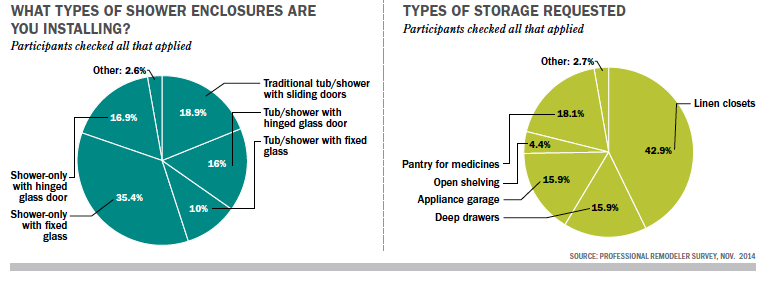
Green & Accessible
Broader trends in sustainability and universal design (for all ages and stages, as opposed to aging-in-place) affect kitchen and bath trends, too. While 75% of respondents reported that clients are “sometimes” asking for sustainable products, they’re not, as one respondent put it, seeing product sustainability as “a prerequisite for the kitchen remodel.” Clients are, however, asking for LED lighting and energy efficient windows.
“LEDs are driving the lighting system market,” says Ed Webb president and co-founder of Koncerted, a Waltham, Mass.-based “digital concierge” company that works with building professionals and homeowners on commercial and residential electronics installations. Webb says government regulations as well as price changes that make LEDs more affordable are affecting consumers’ buying habits. Plus, they’re not as hot as incandescents, making them versatile. “You can do funky things with LEDs,” he says—backlighting vanities, putting them inside a dressing mirror, or above cabinets to up light a ceiling, or under cabinets a few inches above the floor to light the way to a bathroom. “They look so different at night ... you can change the whole look of a room.”
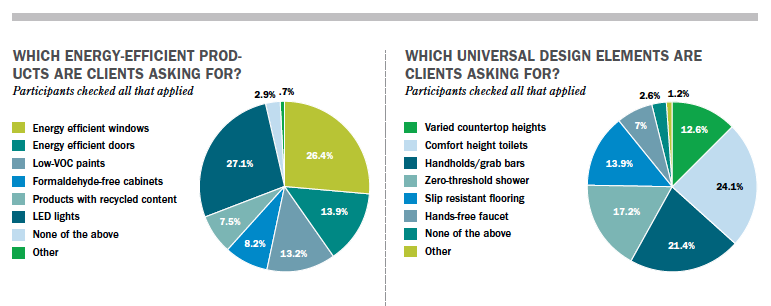 More clients are asking for universal design elements in the bathroom than in the kitchen. About one-quarter (24%) of respondents are installing comfort height toilets, and 21% are installing grab bars or hand holds. About 17% are installing zero-threshold showers—an element that could be the big crossover from the UD realm.
More clients are asking for universal design elements in the bathroom than in the kitchen. About one-quarter (24%) of respondents are installing comfort height toilets, and 21% are installing grab bars or hand holds. About 17% are installing zero-threshold showers—an element that could be the big crossover from the UD realm.
NKBA’s 2014 survey reported that “half of respondents designed no-threshold showers for clients in 2013 and 70% of respondents expected to do more in 2014.” (2014 figures won’t be available until after KBIS.) The no-threshold shower, which is pretty much the norm in Europe, was popularized, as many kitchen and bath styles are, says Stapperfenne, by U.S. hotels.
Originally seen as a luxury item, with better innovations in shower pan and drainage technology, installation is easier and costs have come down. “At KBIS last year, I finally saw some manufacturers [showing] angled shower pans that go underneath your tiles to help get the slope for the drain,” says Paula Kennedy, a certified kitchen and bath designer with Timeless Kitchen Design, in Seattle and an NKBA-University instructor. “The new products are making it easier to install and more cost effective.” Mittal says this is true in his DC-metro area market. “A lot of people are requesting the barrier-free shower, which used to be reserved for those with disabilities,” he says. “But people are moving toward having more of a wet room and shower with no threshold. It’s now becoming standard for us.” PR
---
Stacey Freed writes on remodeling topics from her home in Rochester, New York.
For the most part, remodelers find that clients want traditional remodels and conventional products
Add new comment
Related Stories
Harvard Says Remodeling Spending Downturn to Slow
Could the drop in remodeling spending from post-COVID levels regulate soon?
The Latest Data on Construction's Workforce
To close the housing deficit in the United States, the industry needs more skilled workers. Here's where construction's workforce stands
The Remodeling Market Could Turn in Q4, Says Harvard
Repair and remodeling spending could see an uptick at the end of the year
Building Materials Show Stability in 2023
Although supply chain bottlenecks have eased in recent months, shortages of some key materials persist.
Design Trends to Watch in 2024
What’s in and out for the upcoming year? Remodeling designers share insights
Remodeler Sentiment Remains Positive
Surveys reveal a strong outlook, and how the aging population will lift remodeling
Next Year to Challenge Remodeling, Says Harvard
The latest LIRA report predicts greater decrease in home improvement and remodeling spending
Top Siding and Window Colors for 2024
A recent survey identifies the top siding and window color choices for American homeowners
What Does the Past and Present of Remodeling Tell Us About the Future?
On this episode of Remodeling Mastery, industry advisor Mark Richardson shares bits of his keynote presentation at The Pinnacle Experience, highlighting different elements that shape the immediate future of the remodeling market
Remodeling Loan Data Reveals Geographical, National Trends
An analysis of loan data shows the most popular, and least popular, states for home improvement



